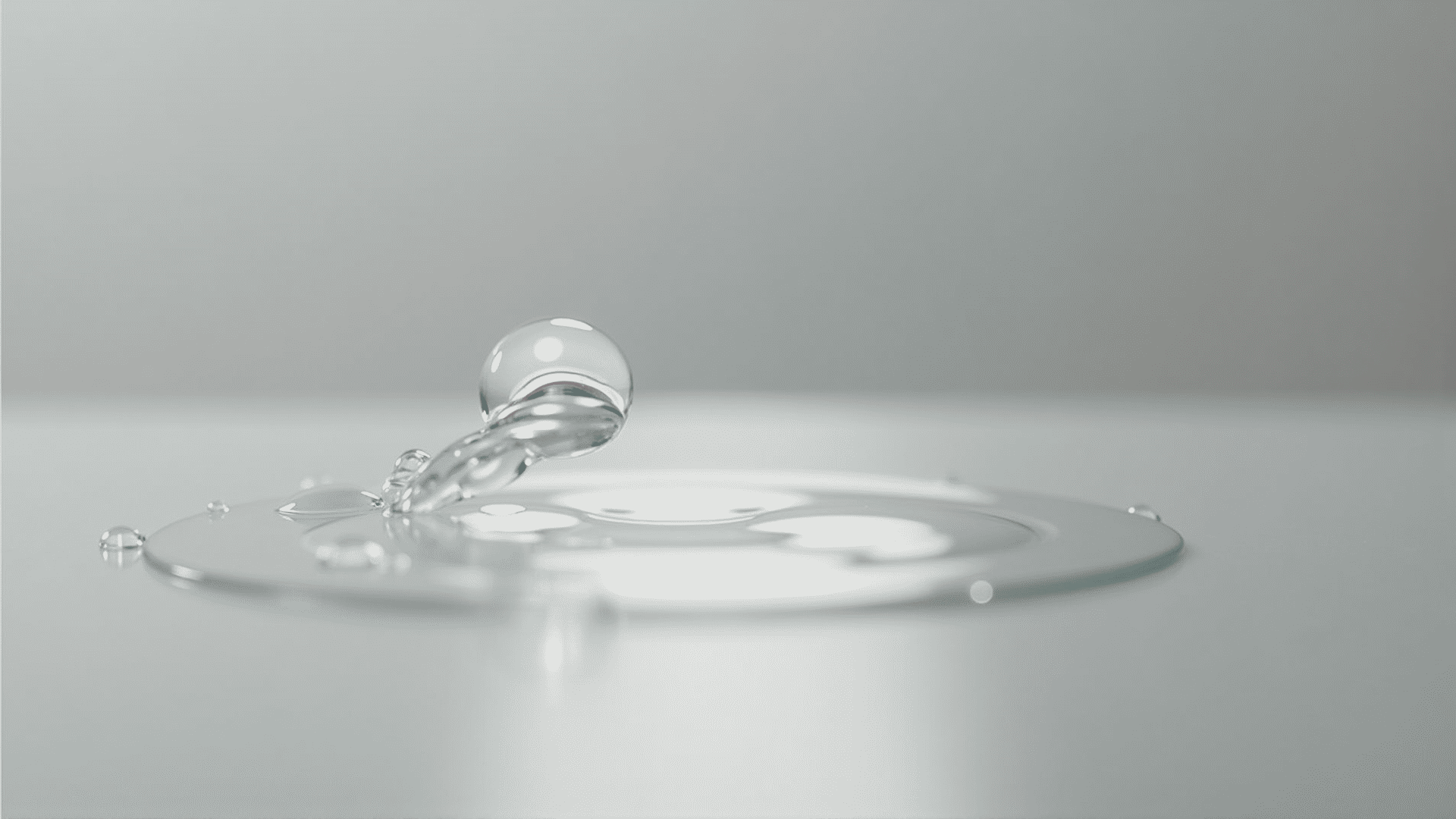Superhydrophobic surfaces, characterized by their ability to repel water, have long captured the imagination of scientists and industrialists alike. Recently, the development of revolutionary nano-coating techniques is turning this vision into reality, delivering transformative benefits across a wide range of industries, from electronics to textiles.
At the heart of this advancement is nanotechnology, which operates on a scale of billionths of a meter. By employing nanostructures that mimic natural water-repellent surfaces, such as lotus leaves or the wings of certain insects, scientists have engineered coatings that can drastically alter the surface properties of materials. These nano-coatings provide an ultra-thin layer of protection that is both durable and virtually invisible to the naked eye.
One of the most promising applications of superhydrophobic nano-coatings is in the field of electronics. Here, the quest for moisture-resistant devices is pivotal. Manufacturers face a perennial challenge in maintaining the reliability and longevity of electronic components when exposed to water and humidity. Applying a nano-coating can create a barrier that prevents moisture ingress, thus protecting sensitive electronics like smartphones, tablets, and wearable devices. This not only enhances product durability but also contributes to consumer satisfaction by reducing the frequency of electronic failures due to water damage.
In textiles, nano-coatings are set to revolutionize fabric protection and innovation. By applying these coatings to clothing, manufacturers can create garments that repel water and stains without compromising breathability or comfort. Imagine wearing a raincoat with the softness of a regular jacket, yet capable of keeping you dry in a downpour. This breakthrough not only enhances the functionality of everyday clothing but also extends the lifespan of fabrics, reducing the need for frequent washing and lowering the overall environmental impact.
Beyond electronics and textiles, superhydrophobic nano-coatings are finding applications in other sectors, including automotive, construction, and healthcare. In the automotive industry, these coatings can be used to create self-cleaning car surfaces, reducing the need for frequent washes and maintaining the vehicle's aesthetic appeal. In construction, they offer protective solutions for building materials, preventing water damage and extending the lifespan of structures.
The healthcare industry is also benefitting from this technology. Medical devices and surfaces treated with superhydrophobic coatings can resist microbial adhesion, reducing the risk of infections. Furthermore, these coatings can enhance the efficacy of drug delivery systems by ensuring that active ingredients remain potent and free from moisture contamination.
Despite the significant advances, challenges remain in the wide-scale adoption of nano-coatings. The production process must be cost-effective and environmentally sustainable to ensure broad access and implementation. Moreover, ongoing research is necessary to refine these coatings' robustness under various environmental conditions.
As research continues to advance, the possibilities presented by superhydrophobic nano-coatings are vast and varied. They promise not only to enhance the functionality and durability of everyday products but also to open new avenues for innovation. This cutting-edge technology epitomizes the intersection of science and industry, showing how minute-scale innovations can have macro-scale impacts, reshaping the very fabric of our daily lives and industries worldwide.
